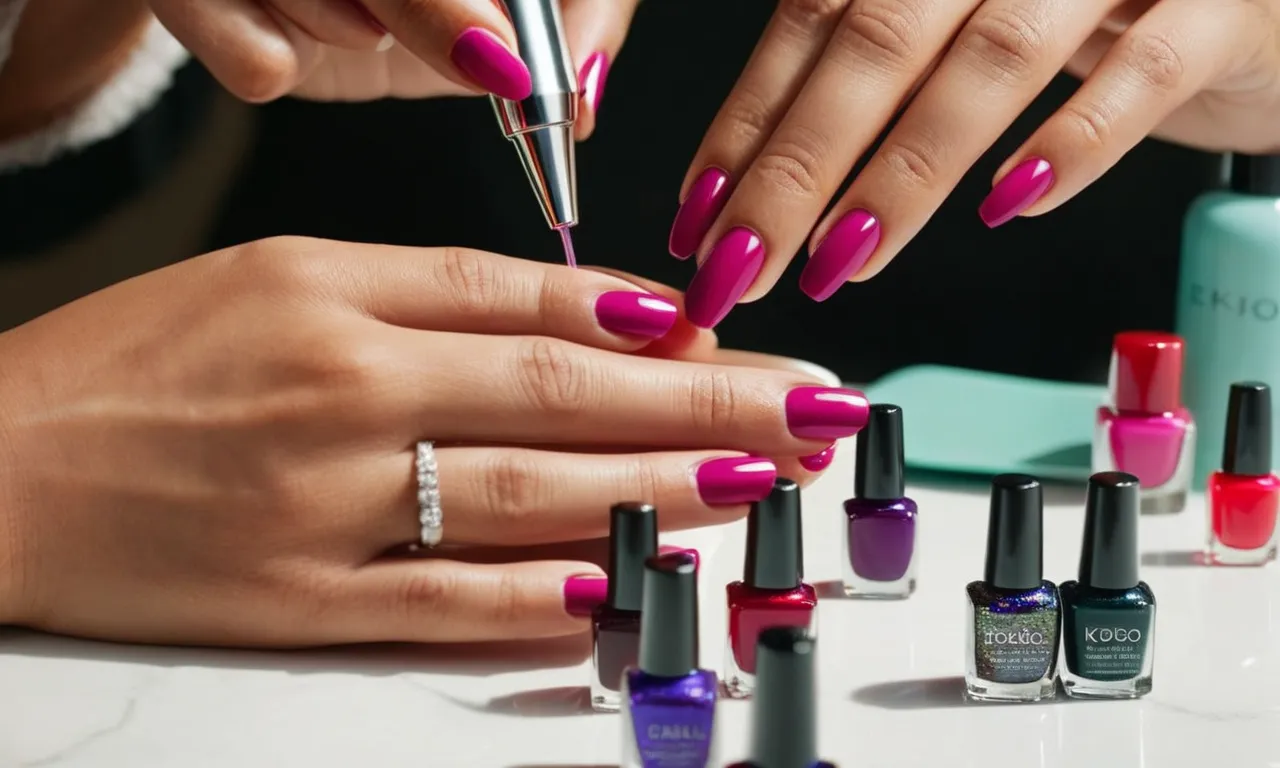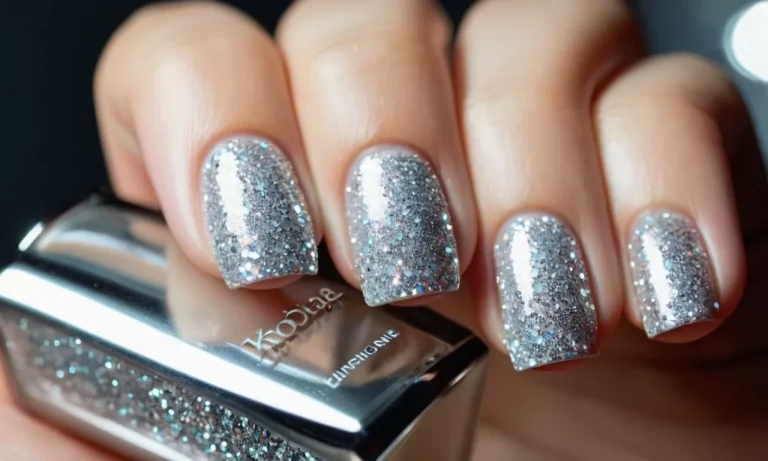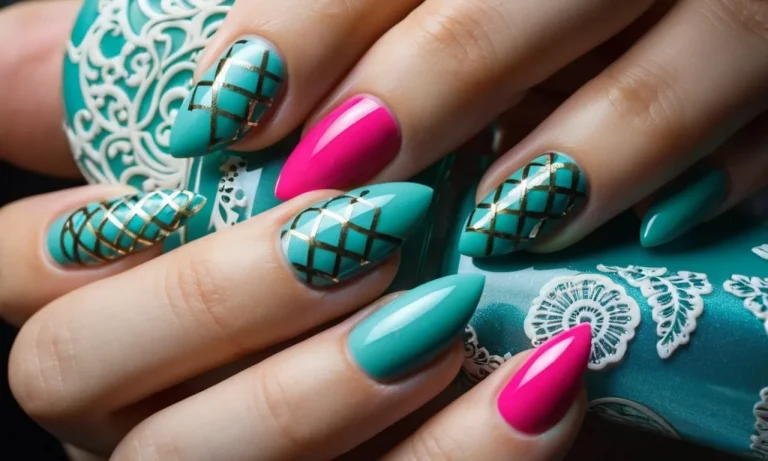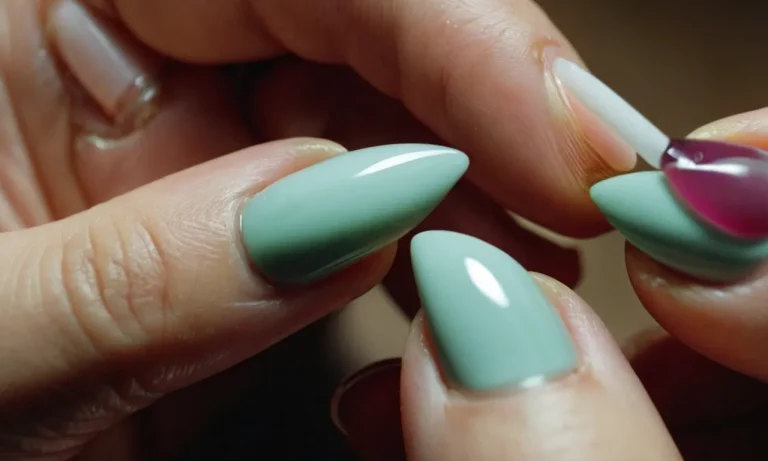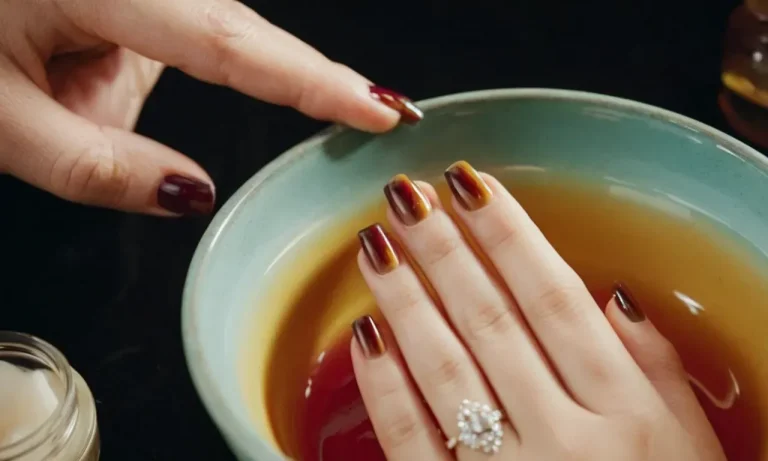Can You Do Nails With An Esthetician License?
Nail care services like manicures and pedicures are popular treatments that many clients want from their estheticians. If you’re an esthetics student or licensed esthetician interested in expanding your service offerings, you may be wondering: can I do nails with an esthetician license?
The short answer is yes, in most cases an esthetics license does allow you to provide certain nail care services. However, the specific regulations vary by state, and estheticians have limitations compared to nail technicians.
Read on for a detailed look at what nail services estheticians can legally perform.
Licensing Requirements for Nail Services
Esthetician License Scope
An esthetician license enables professionals to provide skincare and cosmetic beauty services like facials, waxing, lash extensions, and makeup application. However, esthetician licenses generally do not cover providing nail services in most states.
So if you hold an esthetician license, you legally cannot offer manicures, pedicures, nail enhancements, or other nail treatments in a professional setting without having the proper nail technician credentials.
Separate Nail Tech License
To legally provide professional nail services, you typically need to obtain a separate nail technician license in your state. Licensure requirements vary widely nationwide, but common components involve:
- Completing an accredited nail technician program with both theory-based coursework and hands-on training
- Accumulating practice hours (e.g.
350+ hours)
- Passing written and practical state board exams for nail technology
So while the training is shorter than for an esthetician license, you still must invest dedicated time and education specifically for developing expertise in nails. Some states even mandate a supervised apprenticeship working under a licensed nail tech as part of the licensing process.
Dual Licensure
There are a few options for professionals seeking legal authority to provide both skin and nail services:
- Complete a longer combined esthetician and nail technician program that covers both disciplines
- Take shorter independent training courses and obtain separate licenses for esthetics and nail technology
- Complete training and sit for exams for one license initially, then supplement with more coursework and testing for a secondary license
The benefit of dedicated dual licensure is the exceptional versatility it provides in professional skills and services that can be legally offered to clients. However, the licensure process requires substantially more total education hours than for a single license – most commonly 600+ hours for combined esthetics and nail training.
| Total Training Hours for Dual Licensure | 600+ hours |
| Additional Exams Needed for Dual Licensure | Written and practical exams for both skin and nails |
So comprehensive esthetician and nail tech licensure enables professionals to provide a very wide range of skincare, beauty, nail, makeup, and cosmetic enhancement services. But it requires dedication to complete more extensive training than a single specialty license.
For detailed state-specific guidance on exact licensing requirements and processes for combined nail technician and esthetician licensure, consult boards and regulatory agencies in your jurisdiction such as: Tennessee Cosmetology Board.
Manicures and Pedicures
Basic nail care allowed
Estheticians with a valid license are allowed to provide basic nail care services like trimming, filing, shaping, and polishing nails. This applies to both fingernails and toenails. They can also do minor cuticle cleaning and pushing back.
Overall, basic beautification and maintenance of natural nails falls within an esthetician’s scope of practice.
Nail polish application
Applying nail polish or other nail cosmetic products is fully permitted with an esthetics license. Estheticians can offer manicures and pedicures that involve choosing a nail polish color, prepping the nails, and polishing based on the client’s preferences.
This service allows licensed professionals to get creative with various colors and art techniques like ombre, flowers, and more. As long as the products used are legal and non-hazardous, nail polish application is approved.
Advanced services prohibited
While they can provide basic nail services, estheticians cannot legally offer more advanced options without additional training and licensing. These restricted services include:
- Acrylics or other nail extensions
- Sculpting artificial nail tips
- Drilling or filing down the nail plate
- Cutting skin around nails
Only manicurists and nail technicians with specialized certifications can safely shape, build, and attach artificial products to natural nails. Estheticians focus more on the topical appearance rather than physically altering the structure of nails.
Limiting their nail services protects customers while allowing reasonable beautification.
Waxing Services for Hands and Feet
Waxing services for hands and feet have become increasingly popular offerings at many esthetician practices. As an esthetician with a license, you are qualified to provide waxing on the arms, hands, legs and feet.
Let’s explore some of the waxing treatment options you can provide for clients’ hands and feet.
Manicures and Pedicures
A basic manicure or pedicure service allows you to tidy up the nails and cuticles, remove dead skin, and apply polish. However, you can enhance these services by offering waxing as well. For example:
- Paraffin wax treatments – Applying heated paraffin wax to the hands or feet moisturizes the skin and makes it silky smooth. This is a relaxing upgrade to a basic manicure or pedicure.
- Waxing cuticles – Gently removing excess cuticle skin around the nails with wax creates a tidy, finished look.
- Callus removal – Use wax to remove calluses and rough spots from the heels and soles of the feet.
Adding these waxing techniques to manicure and pedicure services enhances the experience for clients.
Arm and Hand Waxing
Your esthetician’s license enables you to offer wax hair removal services on the arms and hands. Some popular waxing options include:
- Full arm waxing – Removing hair from the underarms to the hands.
- Half arm or forearm waxing – Focusing just on the lower arms.
- Hand waxing – Targeting fine hair on the top of the hands and knuckles.
Use strip wax or hard wax appropriately for each area. Apply pre-wax products and follow up with soothing lotions or creams.
Leg and Foot Waxing
The legs and feet are also common areas for hair removal waxing. Offerings may include:
- Full leg waxing – From just above the knee down to the feet.
- Half leg waxing – Only waxing below the knees.
- Bikini and Brazilian waxing – Removing hair from the bikini line and private regions.
- Toes and feet – Targeting hair on the toes, top of the feet, and ankles.
Use best practices for prepping the skin, applying and removing wax, and caring for the area afterwards. Be sure to use appropriate waxes for coarse leg and foot hair.
With an esthetician license, you can provide a wide range of professional waxing services for clients’ hands and feet. Incorporate these offerings into manicures, pedicures, arm and leg waxing for smooth, hair-free skin.
Continuing Education for Nail Services
Advanced training options
Licensed estheticians have many exciting options for continuing education in nail services. Advanced classes allow estheticians to build upon their core training and stay up-to-date with the latest techniques and trends. Here are some popular advanced training courses estheticians can take:
- Nail art classes – Learn stunning new nail art designs like water marble, ombre, and 3D effects.
- Gel and acrylic enhancements – Master application of sculpted gel nails, acrylics, and hard gels.
- Nail health and disorders – Gain expertise in identifying and treating nail conditions like fungal infections.
- Advanced pedicure techniques – Study therapeutic pedicures, paraffin treatments, and specialized foot massages.
- Electric file training – Get certified in proper use of electric drills and advanced filing techniques.
- Business building – Take workshops focused on building your nail business through marketing, customer service, retailing, etc.
Advanced nail classes allow estheticians to expand their skillset and offer more specialized services. Many continuing education providers like Milady and Dermalogica offer intensive multi-day nail programs. Estheticians can also earn advanced certifications from product manufacturers.
Continuing education is essential for staying relevant in the growing nail industry.
Manufacturer certifications
Nail product manufacturers offer certification classes to train estheticians on proper use of their professional service products and systems. Some popular manufacturer certifications include:
- OPI – Expert training in OPI gel polish, nail treatments, and pedicure products.
- CND – Education in CND Shellac, Brisa gel, and nail enhancements.
- Bio Sculpture Gel – Certification inBio Sculpture Gel nail systems.
- Cuccio – Courses on Cuccio massage techniques, polishes, and more.
- LeChat – Programs focused on LeChat gels, lacquers, and nail care.
These intensive certifications provide in-depth product knowledge estheticians can use to boost their services. Many manufacturers offer discounted class pricing, starter kits, marketing materials, and continuing support to help certified techs succeed.
Salon owners often require manufacturer certifications before allowing the use of certain branded products and services. Earning specialty certifications shows commitment to quality and can give estheticians a competitive edge.
Employment Considerations for Estheticians
Spa settings
Spas offer estheticians a wide range of employment opportunities. Many luxury spas have extensive skin care menus and need multiple estheticians on staff to provide facials, waxing, eyelash services, and spa body treatments.
Spas are a great option for estheticians who want to focus on providing relaxing and rejuvenating services in a tranquil setting. The spa environment allows estheticians to take their time with each client and really customize the experience.
One downside is that spa services are viewed as more of an indulgence, so business may fluctuate more than a medical spa or dermatologist’s office. But overall, spas remain one of the top employers of licensed estheticians.
Nail salons
Nail salons are another major employer of estheticians, especially those with expertise in manicures and pedicures. Waxing services like eyebrow shaping or Brazilian waxes are also commonly offered. Working in a nail salon allows you to focus on nail care and waxing services, although the environment is more fast-paced than a spa.
You’ll have less time with each client. On the plus side, nail salons tend to have steadier business year-round. So there are pros and cons to consider if you prefer the nail salon setting versus a spa.
Mobile services
Some estheticians enjoy the flexibility of working for themselves and providing mobile services. As a mobile esthetician, you can bring your services to clients’ homes or travel to their workplace or a hotel.
Mobile services allow you to set your own schedule and decide which specific services to offer. You’ll meet clients all over your city rather than work in one salon or spa. However, you’re also responsible for all your own booking, marketing, and supplies.
You may need to discount your prices compared to a spa. It can be rewarding if you like working independently, but also challenging to build up a customer base. Having business and marketing skills is crucial to succeed as a mobile esthetician.
Conclusion
While an esthetics license provides a starting point for basic nail care, consider obtaining additional training and certification in advanced nail techniques to maximize your career potential. With the right education and understanding of your state’s regulations, you can safely and legally perform sought-after nail services as an esthetician.

